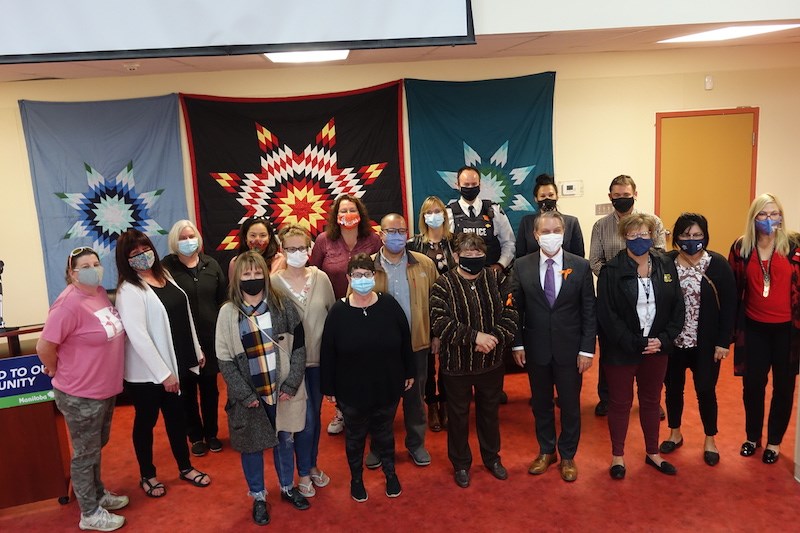When the Thompson public safety and well-being plan was released amid much hullabaloo after about 18 months in the making on Oct. 5, a lot of emphasis was placed on the process of developing it and how many organizations and individuals were a part of that development.
The advisory committee, depending on which part of the plan you look at, either had more than 20 or more than 30 organizations involved and the community safety survey that helped inform the contents of the strategy was completed by 2,300 people – about 17 per cent of Thompson’s population.
Don’t get us wrong, being process-driven and characterized by collaboration is great. But ultimately, the measure of the plan’s effectiveness will be whether Thompson is a safer and more liveable city over the next five years.
Although there are plenty of vague, kinda-goal-setting-but-not-really statements throughout the plan, there are also clear and concrete goalposts that implementation of the safety strategy is shooting for, whether it’s fewer arrests for public intoxication by the RCMP, a lower youth crime rate, or the installation of public bathrooms somewhere in downtown Thompson. Timelines are also laid out, ranging from immediate to as long as five years.
To paraphrase what advisory committee co-chair Dee Chaboyer said at the launch, the plan is not going to change the city right away. If there were easy and quick solutions to the problems that give rise to crime in Thompson, much of which is not serious, or public intoxication or crumbling infrastructure, they would have already created changes. But arresting people for public intoxication doesn’t do anything about the trauma or mental health issues many of them are self-medicating because of, and giving youth places and groups of their own to be part of doesn’t mean that some won’t still end up spending their free time in unproductive and harmful ways. Still, if you’ve gone past the Jumpstart multisport court on Thompson Drive on a sunny afternoon since it was completed and opened for use without an opening ceremony, you’ve likely seen literally dozens of users there all at once. Maybe the voice in Kevin Costner’s head was right. Build it and they will come.
Obviously, there is much work to do. The sobering centre is still an idea rather than a reality, people are still being lodged, and sometimes dying, in RCMP cells for the “crime” of being too intoxicated with no safe place to find shelter, and literally dying in city parks or outside of buildings, all of which have happened within the past couple of months. There are plenty of issues to tackle and the bright side of having so many groups involved in the safety and well-being plan is that there’s lots of knowledge around the table and an ability to give problems wraparound solutions that could help mitigate them, rather than just addressing the obvious acute symptoms. To use a medical analogy, having insulin available to help you regulate your blood sugar levels is great but not having diabetes in the first place is undoubtedly superior. We’ll see in 2026 or so how well this strategy has achieved the lofty goals it has. If there is measurable success, both the process and the individuals and organizations involved will be worthy of credit.




